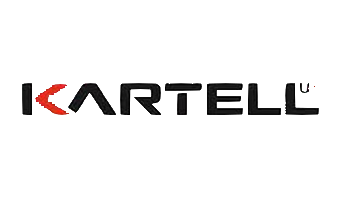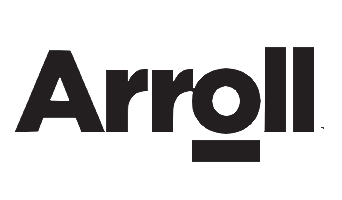JavaScript seems to be disabled in your browser. For the best experience on our site, be sure to turn on Javascript in your browser.


How To Drain A Central Heating System

Introduction
Draining a central heating system can feel like an overwhelming task, but it doesn't have to be. If you take your time and follow the below instructions, draining your central heating system will be easy and efficient.
Tools and equipment you will need:
• Spanner
• Screwdriver
• Towel
• Jubilee clip
• Radiator key
• Buckets (optional)
It is recommended you find and prepare your equipment before you begin draining your central heating system to ensure you have all the tools necessary to complete the task.
How To Prepare
Switch Off Your Heating System
Before you begin draining your central heating system, you must ensure each radiator is turned off and the entire central heating system has been turned off. You should wait until all radiators in your home are completely cool before starting any other tasks.
Attach The Hosepipe
Starting with the radiators in the upstairs of your home, find the drain valve on your radiator and connect the hosepipe to it. To ensure the hosepipe stays in place, place the jubilee clip around the hosepipe and valve to tighten up the connection.
Place The Towel Down
As some dripping may occur from the drain valve, place the towel underneath the jubilee clip to catch any drips or spills.
Lead The Hosepipe Outside
Take the opposite end of the hosepipe and place it in your front garden, ideally near a drain. If your hosepipe does not reach your front garden, place it in your back garden. If you live in an apartment building with no garden, you should place the end of the hosepipe in a large bucket and drain the bucket as necessary.
Turn The Drain Valve Anti-Clockwise
Using your spanner, carefully turn the drain valve anti-clockwise. You may have to turn the valve numerous times to open the drain valve.
Open The Air Vents
Using the key you use to bleed your radiators, open the air vents at the top of the radiator. You should turn the bleed key anti-clockwise until you hear a sucking noise. The sucking noise is air entering the radiator and means you have successfully opened the radiator air vents.
Check For Water
After all the air vents are open on the radiators in the upstairs of your house, go outside to check on your hosepipe. Water should now be flowing from your hosepipe. Leave the water to flow for around 10 minutes, or until the water has stopped flowing, then repeat the same process on your downstairs radiators.
Important:
If after 10 minutes you notice that water is still flowing out the air vents in your downstairs radiator, it may be because all of your radiators are individually piped. If this happens, you will still be able to drain your central heating system, you will just need to drain each radiator individually. You will know when a radiator is finished draining when water stops flowing out of the hose.
When should I drain my central heating system?
You may need to drain your central heating system if you notice a radiator isn't working efficiently. For example, you may drain your central heating system so you can flush a cleaning agent through your radiators or remove sludge build-up inside a radiator. You will also need to drain your central heating system if you replace an old radiator with a new one.
Top tips for draining a central heating system
Don’t forget heated towel rails
Many people forget that heated towel rails are part of their central heating system. Remember to treat your heated towel rail in the same way you treat your radiators.
If in doubt, contact a plumber
If whilst following the above steps you encounter unusual problems, you should contact a plumber if you are uncertain of anything. They will be able to provide you with additional guidance and determine what the problem may be with your central heating system.
Some boilers will be unable to work
Some boilers are unable to work if the central heating system has fully switched off, you should bear this in mind when considering when to drain your central heating system, as other members of your household may not be able to have a warm shower, run hot water etc.
A replacement valve may be required
If you find turning your drain valve is extremely difficult, it may be time to replace your radiator valves. There are many replacement valve options that you can purchase that don’t require you to purchase a new radiator.
Alternatives to central heating
If you feel that central heating isn’t the best or most efficient way to heat your home, for example, if you only spend your time in a few of the rooms in your house, there are other options. Electric radiators, for example, can be included alongside a central heating system but operate with their own thermostat and use a different energy source. Electric radiators are also ideal to include in areas such as garages or outdoor buildings, as they do not require the same extensive plumbing as radiators connected to a central heating system. Another great alternative radiator is a low surface temperature radiator.
Contact Just Radiators today
If you are planning on draining your central heating system because you would like to install a new radiator, Just Radiators have a wide selection of efficient, long-lasting and stylish radiators you can choose from. From vertical radiators to traditional radiators, we will help find the perfect radiator for you. We believe we offer something for everyone as our elite selection of radiators are available in multiple materials and are able to work with numerous different heating systems.
If you have any questions, whether about draining your central heating system or radiators and radiator accessories in general, do not hesitate to contact us. We have an expert customer service team who will be more than happy to answer any queries you may have.


































